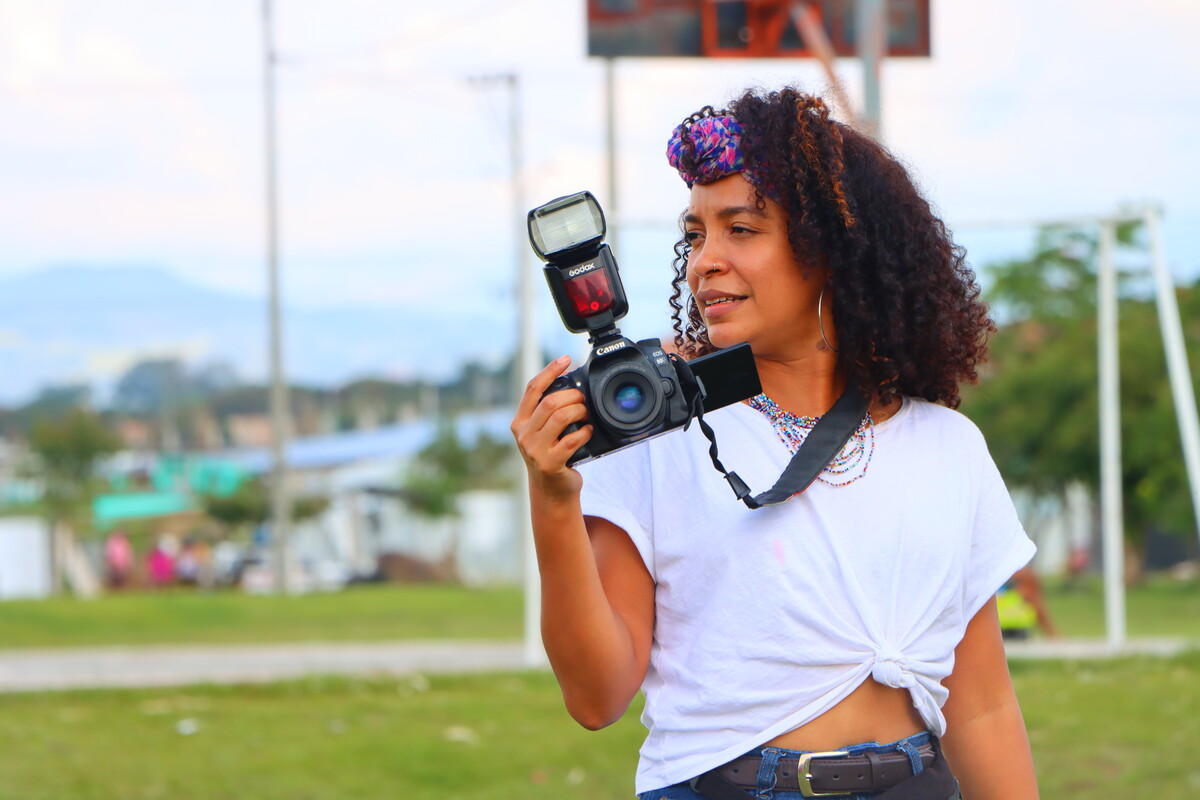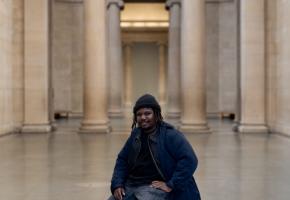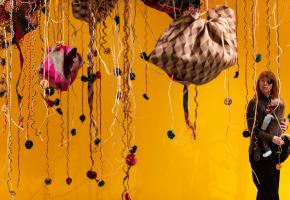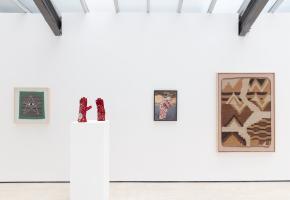The Women by Women manifesto is clear: an antiracist and feminist representation of women and girls across the world, both behind and in front of the camera. The initiative launched in 2019 and has since focused on partnering with photographers from spotlighted countries to tell authentic, specific stories which centre the people within them.
As discussed by Taahra Ghazi and Maria Saidy, Director of Innovation & Impact and AntiRacist Storytelling Manager at ActionAid respectively, in the panel at the launch event, ActionAid is making a conscious decision to update the way they portray the people they work with, focusing on humanity, individuality and telling real stories of real people.
In speaking to Laura, she also emphasised this idea of anti-racist storytelling which understands the importance of “treating people as equal, and deserving of love and humanity and dignity”. Her photos do exactly this. The process is of colossal importance — she forms a relationship with the person she is capturing, and works with them to create and end result that they feel represents them well.
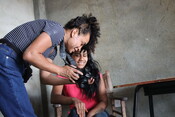
In one of her photographs, Laura introduces us to Yosmary, a “refugee, breadwinner and single mum to two young daughters” (ActionAid) who came from Venezuela to Popayán, Colombia by foot and by mule. She now lives alongside two other mothers who are also refugees, and the three women support one another with childcare and share out their bills.
“Arriving in Colombia was a little hard because I am a single mother and I had to sleep in the street sometimes. But I also found good people who helped me, gave me food and took care of me, and the shelters too.”, Yosmary explained to ActionAid. To see the image of Yosmary in the exhibition alongside the image of Laura and Yosmary together is a testament to the impact of Women by Women as a platform. Palpable in the solo photo, but even more pronounced with a glimpse behind the scenes, is a closeness and tenderness between the two women.
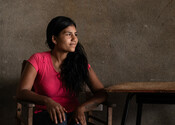
Women by Women is a revolution on both sides of the lens. Instead of presenting us with photographic subjects, exploiting people dealing with inhumane situations and maintaining a careful distance between image, maker and viewer, it levels the playing field. The internalised sense of hierarchy that allows so many to turn a blind eye to images of suffering is dismantled.
By embracing the process, building connections between each link in the chain and promoting the humanity of each person involved, ActionAid succeeds in championing the women whose stories they tell. Instead of subscribing to rhetoric that suggests that capturing people in their lowest moments will result in brutally eye-opening images, ActionAid recognises that this approach is not only ineffective in a world where so many are desensitised and detached, but also deeply irresponsible; an erasure of the humanity of those photographed. Through this reevaluation of the medium, photography is no longer voyeuristic, dispassionate and amoral. It has a point of view, and a personal connection, and a stake in what it is presenting.


